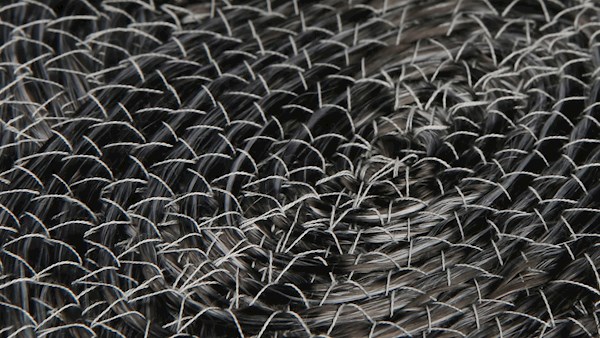
Coats joins General Motors LLC led Department of Energy Project
- 15 Jul 2021
Coats is joining a team, led by automaker General Motors LLC, to develop a tailored fibre reinforced composites solution for volume manufacturing of structural battery enclosures in electric vehicles under a US Department of Energy cooperative agreement (DE-EE0009204).
Coats is providing expert knowledge and innovation in tailored fibre reinforced composites technology to help develop a lightweight, high performance and cost-effective structural battery enclosures.
Ronan Cox, President, Performance Materials Coats, said: ‘This is an exciting opportunity to innovate with a group of companies led by a global automotive leader to develop a composites solution at scale. Lighter, stronger and cost-effective composites solutions form part of the journey towards a zero-emissions future in automotive. It is excellent recognition of our expertise and also means Coats is contributing towards a more sustainable future for the industry.’
This latest collaboration builds on previous work with GM in developing a lightweight, intrusion resistant composite floor reinforcement structures. Coats will be proposing LatticeTM and Lattice ConductiveTM technologies to design and manufacture ultra-light composite material products. Lattice is an optimised continuous fibre laying technique which creates preforms with no waste and was demonstrated on a complex floor reinforcement component. Lattice Conductive allows for integration of conductive paths and electronic circuitry in moulded composite components. Coats then uses its proprietary Computer Aided Engineering (CAE) tools to create a 2D Lattice continuous fibre preform that can be fabricated into a 3D preform mould.
Lattice technology reduces cost by generating zero waste preforms by placing fibres only where needed. It is also cost effective because there is a 50% reduction in the steps required to fabricate the 3D preform for moulding.
Dr Venkat Aitharaju, Staff Researcher, GM Research and Development said: ‘Coats Lattice Preform technology is a system that shows promise and may help make a positive business case for lightweight solutions.’
The development will be resourced from the Coats Innovation Hub at its Sevier site in North Carolina, US. The project is due to run until December 2023.
ENDS
For more information contact:
Kristina Blissett, Head of Group Communications
kristina.blissett@coats.com
T +44 (0) 208 210 5084, M +44 (0) 77145 39887
Notes to Editors
About Coats
Coats is the world’s leading industrial thread company. At home in some 50 countries, Coats has a workforce of 17,000 people across six continents. Revenues in 2020 were US$1.2bn.
Coats’ pioneering history and innovative culture ensure the company leads the way around the world. It provides complementary and value added products, services and software solutions to the apparel and footwear industries. It applies innovative techniques to develop high technology Performance Materials threads, yarns and fabrics in areas such as Transportation, Telecommunications and Energy, and Personal Protection.
Headquartered in the UK, Coats is a FTSE 250 company, a constituent of the FTSE4Good Index Series, a participant in the UN Global Compact and a member of the Ellen MacArthur Foundation. It has also committed to developing a long-term target to reach net-zero emissions by 2050, the highest level of ambition on climate under the Science Based Target Initiative.
To subscribe to news releases as they are added to the website go to Email Signup
About the project
This development project has been funded in part by the Office of Energy and Renewable Energy (EERE), US Department of Energy, under Award Number DE-EE0009204. The information, data, or work presented herein was funded in part by an agency of the United States Government. Neither the United States Government nor any agency thereof, nor any of their employees, makes any warranty, express or implied, or assumes any legal liability or responsibility for the accuracy, completeness, or usefulness of any information, apparatus, product, or process disclosed, or represents that its use would not infringe privately owned rights. Reference herein to any specific commercial product, process, or service by trade name, trademark, manufacturer, or otherwise does not necessarily constitute or imply its endorsement, recommendation, or favouring by the United States Government or any agency thereof. The views and opinions of authors expressed herein do not necessarily state or reflect those of the United States Government or any agency thereof.